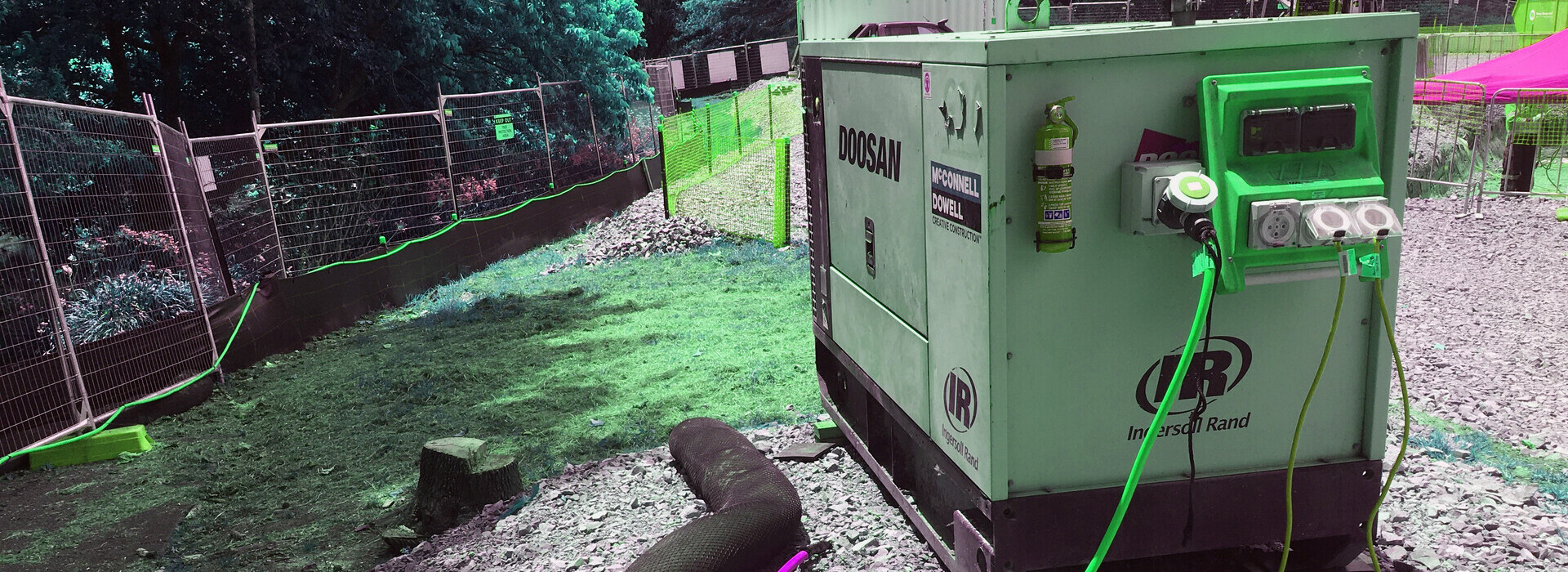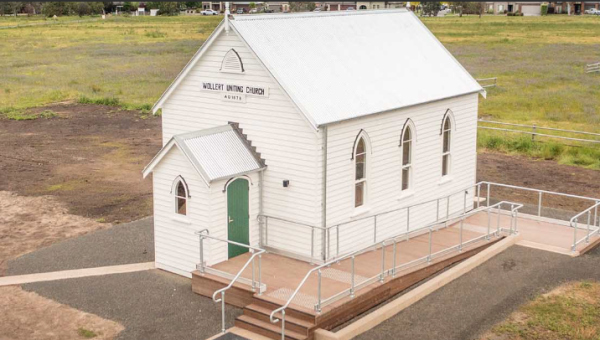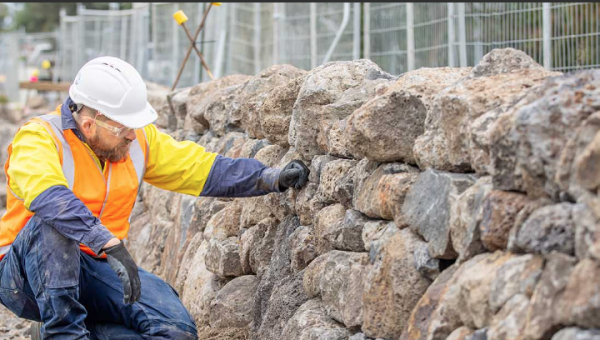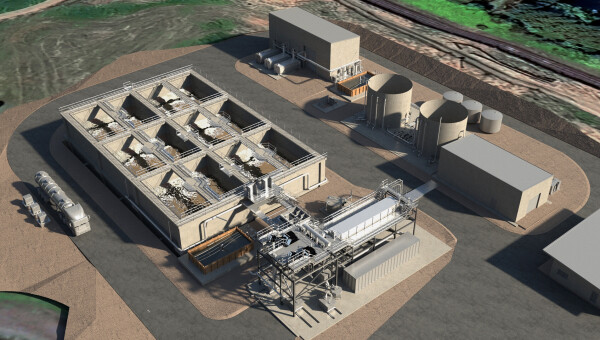The team upgrading the Warkworth Pump Station has made some great improvements to the sustainability profile of the project.
Most of the site services and machinery are usually powered using generators which isn’t very good for the environment. Electricity in the North Island is mostly generated via renewable sources such as hydro, wind, and geothermal so it is much more sustainable to be using mains power rather than diesel where possible.
Watercare was aware that the transformer powering the existing Lilburn Pump Station was too small for the new pump station. They made the decision to upgrade it as soon as possible so the construction project could use mains power rather than diesel generators.
The project started in September 2021, using a 30kVA unit generator until mid-March 2022 when a 60kVA unit was added. The smaller generator used about 200L a week or approximately 8000L over a 10-month period. The larger one used at least the same amount or 3200L over four months.
The site was using about 800L a month to run the generators until July 2022 when the project made the switch. The fact that Auckland’s electricity grid is powered sustainably made connecting to a mains power source much more environmentally friendly than moving to fossil fuel grid power.
The new mains power supply was used to run site offices and fridges and larger machinery like pumps while we were dewatering to get the best value from the upgraded transformer.
By making this switch, from fuel to mains power, we have saved 29 tonnes of carbon equivalent being emitted, this is the same as 480 tree seedlings sequestering carbon for 10 years. Or driving 119,643 kms in a passenger vehicle which is the equivalent of removing the carbon emissions from 57 trips between Cape Reinga and Bluff. See the calculation below the graphics if you want to see the math.
The team has also:
- used leftover 40Mpa concrete in five 1200 x 1000 x 1000 custom concrete barriers that are now being used onsite.
- reused timber from the formwork turning it into handrails, dunnage, propping, access stairs etc.
- All the formply used for constructing the pump station and emergency storage tank has been repurposed for the internal benching concrete and has often been reused three times.
The 2022 Ministry for the Environment Fuel Emission Factor) is 2.66 kg CO2-e/litre (Diesel, Industrial, Stationary-Use)
11,200L x 2.66 kgCO2-e = 29,792 kgCO2-e/litres
29,792 kgCO2-e/litres divided by 1000 = 29.79 TCO2-e / litre - this is assuming this use was the same for the next 10 months.




